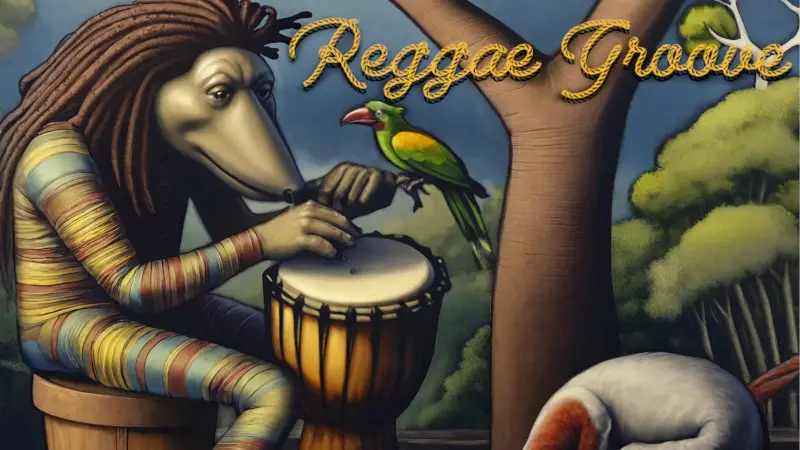
Introduction: Reggae and Rastafariamism
More than just a genre, reggae music serves as a medium for spiritual resistance, identification, and worldwide emancipation. Rooted in the struggle of post-colonial Jamaica and intertwined with the philosophy of Rastafarianism, reggae has transcended borders to become a unifying voice for oppressed peoples across the world.
This comprehensive article explores how reggae and Rastafarianism shaped one another, forged global movements, and remain a spiritual and cultural force in the modern era.
To see exactly how reggae evolved alongside the Rasta movement, visit our Timeline of Reggae Music.
The Jamaican Crucible: Birth of a Revolutionary Sound
In the late 1960s, Jamaica found itself in the throes of post-colonial turbulence. Though the country had gained independence from Britain in 1962, the social and economic conditions for many Jamaicans remained dire. Political unrest, racial inequality, and poverty plagued the island.
Amid this unrest, a new musical language began to emerge. Rooted in earlier Jamaican styles like ska and rocksteady, reggae slowed down the tempo, emphasized the offbeat rhythm, and brought bass and drum to the forefront. It became a voice for the voiceless and the music for resistance.
“Do the Reggay” by Toots and the Maytals (1968) not only named the genre but captured its dual nature: joy and defiance.
Social tensions in Jamaica following independence echoed:
- Bitter political competition between the PNP and JLP.
- Gang warfare in urban ghettos
- Economic hardship and unemployment
- Regaining African identity and dignity is a cultural necessity.
The spiritual core of reggae, Rastafarianism, grew as a result of these disputes.

Rastafarianism: The Spiritual Core of Reggae
Motivated by the teachings of Marcus Garvey, it declared that the living essence of God—Jah—was Haile Selassie I, who was crowned Emperor of Ethiopia in 1930. — and that the African diaspora should return to Zion (Africa), their spiritual home.
Rastafarianism offered more than religion; it was a complete worldview, embracing:
- Repatriation to Africa
- Resistance to Babylon (Western systems of oppression)
- Ital living (natural, holistic lifestyle)
- The sacred use of ganja for meditation
- The divinity of Haile Selassie I
Core Rasta Concepts Found in Reggae Lyrics
| Term | Meaning |
| Jah | God, embodied in Haile Selassie I |
| Babylon | Corrupt Western systems: colonialism, capitalism, racism |
| Zion | The promised land of spiritual liberation: Africa |
| I and I | The unity of the divine and human self |
| Ital | Natural, unadulterated eating, thinking, and spirit habits |
| Ganja | Sacred herb used to reach higher consciousness |
| Dreadlocks | Physical and spiritual covenant with Jah |
Through music, these concepts became globally recognized. Bob Marley, Peter Tosh, Burning Spear, and countless others turned Rastafarian teachings into lyrical prophecy.
The Evolution of Rastafarian Themes in Reggae Lyrics
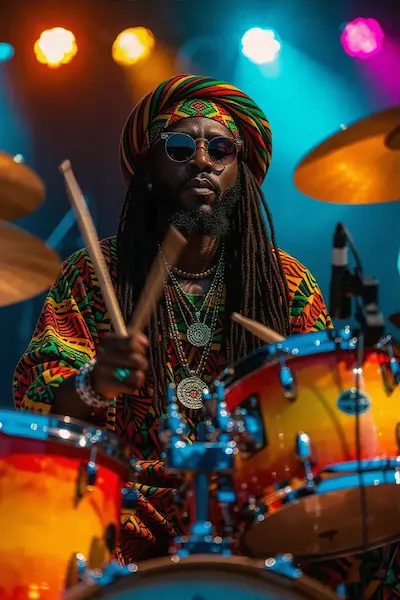
From the 1970s to today, reggae lyrics have continually echoed Rastafarian messages, evolving with social and generational changes.
1970s: Roots Prophecy and Spiritual Defiance
The golden era of reggae saw deep engagement with Rastafarian theology and resistance.
- Bob Marley’s “Exodus” called for freedom and a return to Africa.
- “Marcus Garvey” by Burning Spear: Celebrated the Black empowerment prophet.
- The cultural “Two Sevens Clash” predicted Babylon’s downfall.
These songs fused scripture, mysticism, and protest into one radical message.
1980s–1990s: Militancy, Pan-Africanism, and Rebirth
Reggae became more militant. Artists like:
- Mutabaruka blended poetry with Rasta philosophy
- Sizzla and Capleton took firebrand stances on spiritual purity, Africa, and revolution
- Luciano brought forward messages of healing and Ital consciousness
2000s–Today: Conscious Fusion and Global Messaging
A new generation of artists preserves Rasta influence while blending genres:
- Chronixx, Protoje, and Kabaka Pyramid advocate modern roots reggae with anti-colonial, environmental, and Pan-African themes.
- “Welcome to Jamrock” by Damian Marley, which combined hip-hop and reggae, denounced poverty and corruption.
Rastafarianism remains central — not as dogma, but as a living philosophy adapted for the times.
Reggae as a Voice for Emancipation and Justice
Reggae has always been the sound of rebellion, not through violence but through consciousness.
Protest Anthems That Changed the World
- Bob Marley – “War”
Haile Selassie’s UN speech serves as the basis for the call for racial equality. - Peter Tosh – “Equal Rights”
“I don’t want no peace. I need equal rights and justice.” - Burning Spear – “Slavery Days”
Reclaims memory as resistance. - Junior Murvin – “Police and Thieves”
Critiques police brutality and inner-city violence.
These songs weren’t just radio hits — they were rallying cries that reached oppressed peoples from Kingston to Soweto.
Mental Slavery and Self-Liberation
Freedom of the mind was perhaps the most revolutionary concept in reggae.
Bob Marley, quoting Marcus Garvey, encouraged listeners to:
“Emancipate yourselves from mental slavery. None but ourselves can free our minds.”
Reggae and Rastafarianism:
- Rejected Eurocentric religion and education
- Restored pride in African heritage
- Offered self-knowledge as liberation
This focus on internal resistance made reggae a tool not just for protests — but for healing.
Global Impact of Reggae and Rastafarianism
Though rooted in Jamaica, reggae’s message proved universal.
Africa
- In 1980, Bob Marley’s “Zimbabwe” was adopted as the national anthem.
- Liberation movements in Mozambique, Angola, and South Africa were influenced by reggae.
- Lucky Dube, Alpha Blondy, and Tiken Jah Fakoly carried Rasta messages into African languages and struggles.
USA
- Hip-hop pioneers like Kool Herc (a Jamaican immigrant) introduced sound system culture and “toasting” — reggae’s rhythmic speech — into New York.
- Rasta’s sentiments of Black pride and anti-system protest were mirrored by conscious rappers such as KRS-One and Dead Prez.
Latin America
- In Venezuela, Puerto Rico, and Panama, reggae en Español first appeared.
- Afro-Brazilian rhythms and reggae blended to form “reggae roots” in the Brazilian state of Maranhão.
Europe
- Reggae and Rasta were embraced by UK punk bands like The Clash.
- In France, Germany, and Spain, reggae festivals became global pilgrimages.
- Rototom Sunsplash (Spain) remains one of the largest reggae gatherings, celebrating Rasta culture and resistance.
Japan
The Far East was introduced to Jamaican sound system culture by performers such as Mighty Crown.
Roots reggae and dub gained a great deal of respect among Japanese enthusiasts.

Reggae and Rastafarianism in the Digital Age
Today, the reggae-Rasta message continues to flourish online:
- Artists use YouTube, Instagram, and TikTok to share music and Rasta teachings.
- Digital riddims allow remote collaborations between Jamaica, Africa, Europe, and the Americas.
- Rasta influencers share Ital recipes, spiritual messages, and dreadlock journeys globally.
- Hashtags like #Rastafari, #RootsReggae, and #OneLove promote positivity and unity.
The Internet has become a new spiritual platform for reggae’s evolution.
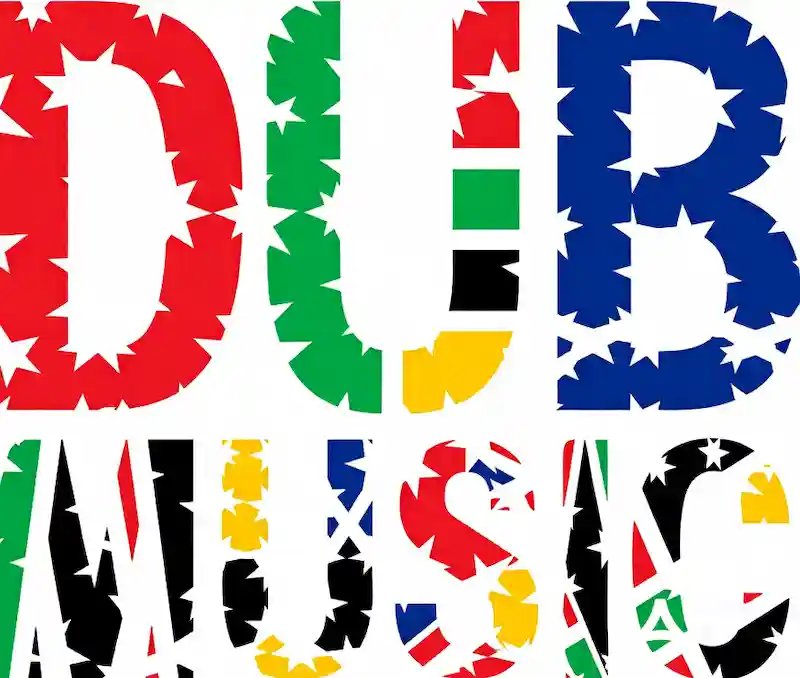
Cultural Manifestations: Rasta Style and Symbolism
Rastafarianism transformed not just minds — but appearances.
Iconic Fashion Symbols
| Item | Meaning |
| Dreadlocks | Strength, covenant with Jah, rejection of Babylonian grooming standards |
| Rasta Colors | Red (blood), Gold (wealth/faith), Green (land), Black (African identity) |
| Tam hats | Used to hold dreadlocks and symbolize spirituality |
| Ital Clothing | Natural fabrics like cotton or hemp; minimal chemicals or artificial dyes |
| Dancehall fashion | Evolved into colorful, bold, often androgynous statements of self-expression |
Reggae fashion isn’t just aesthetics — it’s philosophy woven into clothing.

Rasta Phrases You’ll Hear in Reggae
Understanding reggae lyrics requires some familiarity with Rastafarian language:
- “Jah bless” – Divine affirmation
- “Irie” – Peace and positive energy, everything is well.
- “I and I” – Man and God are one
- “Burn Babylon” – Overthrow repressive and dishonest structures
- “Repatriation” – Spiritual or physical return to Africa
These phrases form reggae’s poetic lexicon — rich, defiant, and deeply rooted in belief.
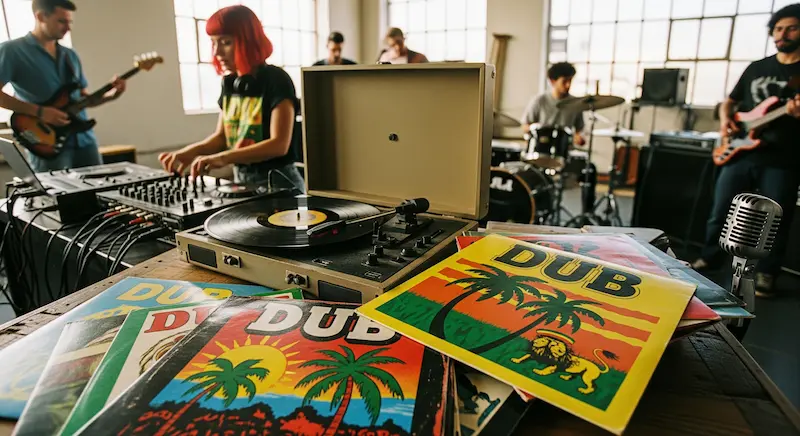
Foundations of Rastafarianism: Biblical Roots and Garveyite Influence
The foundations of Rastafarianism are both spiritual and political, rooted in the lived experiences of Jamaica’s Black population and inspired by global Pan-Africanist movements. Following the crowning of Haile Selassie I (formerly known as Ras Tafari Makonnen) as Emperor of Ethiopia in 1930, the movement reached a turning point.
For many Jamaicans, especially those influenced by the teachings of Marcus Garvey, this event fulfilled the prophetic call to “look to Africa when a Black king shall be crowned.”
Marcus Garvey, a Jamaican-born activist and founder of the Universal Negro Improvement Association (UNIA), laid much of the ideological groundwork for Rastafarianism. Garvey championed Black self-reliance, African repatriation, and the dismantling of colonial ideologies. Garvey is regarded as a prophet in the Rasta movement, despite not being one himself.
The Bible, particularly the books of Psalms, Revelation, and Exodus, is a major source of inspiration for Rastafarian theology. Rastas view the Bible as an Afrocentric text when interpreted through the lens of African liberation. They identify with the Israelites’ trek from Egyptian servitude to freedom in Zion, which is now represented by Ethiopia.
In this worldview, Babylon represents the modern-day system of Western imperialism, racism, and economic oppression, while Zion represents spiritual freedom and a return to African identity. Selassie is seen not only as a political figure but as the divine messiah—Jah incarnate—who reigns eternally over the righteous.
Rastafarian Livity: Daily Practice and Community Life
To fully understand Rastafarianism, one must explore livity—the guiding principle of living in harmony with nature, community, and Jah. Livity is more than lifestyle; it is a form of spiritual alignment and daily discipline.
One of the most visible aspects of Rastafarian livity is the Ital diet—a natural way of eating that avoids processed foods, additives, alcohol, and often meat. Ital food is typically plant-based and prepared without salt, aligning with the belief in purity of the body and mind.
Rastas also avoid cutting their hair, resulting in the iconic dreadlocks, which symbolize strength, a spiritual covenant, and a rejection of Babylonian grooming norms. Dreadlocks echo the Nazarite vow in the Bible, reinforcing the sacredness of natural living.
Community life among Rastas often includes reasoning sessions—spiritual discussions accompanied by drumming, chanting, and ganja smoking (seen as a sacrament that opens consciousness). These gatherings are peaceful, introspective, and centered on themes of unity, justice, and divine connection.
Other elements of livity include:
- Observing the Sabbath and holy days
- Engaging in Nyabinghi drumming ceremonies
- Practicing self-sufficiency through farming and crafts
- Speaking Iyaric (a Rasta-influenced dialect) to reinforce positivity and unity
Livity transforms Rastafarianism from abstract belief into tangible, daily action.
Academic Perspectives: Reggae and Rastafarianism in Scholarly Discourse
Reggae and Rastafarianism have been studied extensively in academia, particularly in the fields of cultural studies, religious studies, and ethnomusicology. Scholars have long recognized reggae not only as a musical form but as a vehicle for political resistance, religious expression, and diasporic identity.
One of the foremost voices in this area is Professor Carolyn Cooper, a Jamaican literary scholar whose research explores the “Jamaican voice” in dancehall and reggae. In her influential book Sound Clash: Jamaican Dancehall Culture at Large, Cooper examines how language, music, and identity intersect in Caribbean performance culture.
Horace Campbell, a political theorist, has linked reggae to Pan-Africanist movements and global Black liberation. He argues that Rastafarianism and reggae provide an ideological counter-narrative to Western domination.
In university settings, courses on reggae and Rastafari are offered around the world, from the University of the West Indies to African and American colleges. These courses explore:
- The theological significance of Haile Selassie
- The socio-political messages in reggae lyrics
- Rastafarian ethics and its critique of capitalism
- The role of reggae in decolonization movements
By engaging with these themes, academic discourse helps validate reggae and Rastafarianism as legitimate and influential cultural systems.
Rastafarianism and Reggae in the African Diaspora
Beyond Jamaica, Rastafarianism and reggae have a significant impact on movements and identities beyond the African diaspora.
In Africa, reggae is celebrated not just as entertainment but as a tool of political resistance. In countries like South Africa, reggae became an anthem for the anti-apartheid movement, with artists like Lucky Dube echoing the struggles for freedom. Alpha Blondy from Côte d’Ivoire and Tiken Jah Fakoly from Mali have used reggae to promote Pan-African unity, peace, and resistance to corruption.
In the United Kingdom, Caribbean immigrants brought reggae and Rastafarian beliefs with them during the Windrush generation. Reggae merged with punk and British social activism, influencing bands like Steel Pulse and Aswad, and inspiring the emergence of multicultural, anti-racist youth movements.
In Brazil, particularly in the northeastern state of Maranhão, reggae has been fully indigenized. Radio stations, dance clubs, and festivals celebrate reggae as a deeply local yet globally connected artform. Some Rastafarian communities in Brazil combine African heritage with Indigenous spiritual traditions.
Canada, Germany, and New Zealand also host vibrant reggae scenes with Rastafarian subcultures, often aligned with social justice, indigenous rights, and environmental activism.
Through these global expressions, Rastafarianism and reggae continue to shape diasporic consciousness and resistance.
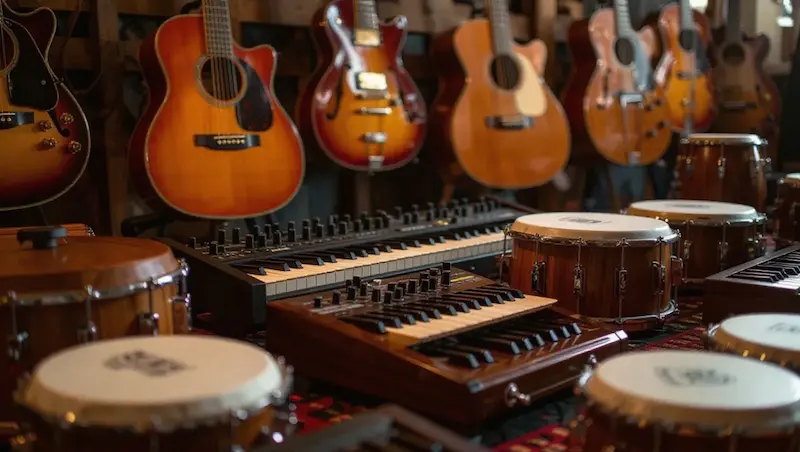
The Impact of Rastafarianism on Popular Culture and Media
Rastafarianism has had a profound impact on global popular culture, far beyond the reggae genre. From Hollywood films to commercial branding, Rasta imagery and language have penetrated mainstream media—sometimes reverently, sometimes superficially.
Bob Marley is still the most well-known Rasta figure in the world. His image appears on everything from posters to coffee mugs to political murals. Films like One Love, Marley, and Countryman have helped introduce Rastafarian beliefs to broader audiences.
In film and television, Rasta characters often appear—though not always accurately. Movies like Cool Runnings and I Am Legend portray Rastafarian traits such as optimism, spirituality, and resilience, though they sometimes flatten the depth of the movement.
In the fashion world, Rasta colors (red, gold, green, and black) have been adopted by streetwear and haute couture designers. Dreadlocks, once stigmatized, are now worn proudly by people across ethnic and cultural backgrounds.
Musically, Rastafarianism has influenced:
- Hip-hop (KRS-One, Dead Prez)
- Afrobeat (Fela Kuti cited Marley as a major influence)
- World music collaborations that blend reggae with indigenous instruments and languages
While some criticize the commodification of Rasta culture, others see it as a sign of its resilience and global relevance. The key lies in education and respectful engagement—ensuring that Rasta imagery is used to uplift rather than stereotype.
From sound to style to spirituality, Rastafarianism continues to shape modern cultural consciousness.
Debates Within the Movement: Purity, Politics, and Identity
Not all reggae artists interpret Rastafarianism the same way.
- Bob Marley’s universalism clashed with more orthodox Rastas who rejected any compromise with Babylon.
- Some criticize “Rasta tourism” and cultural appropriation.
- Others argue over:
- Use of ganja vs. performance
- Ital strictness
- Views on sexuality and gender
- Use of ganja vs. performance
However, this variability demonstrates that Rastafarianism is a dynamic, ever-evolving ideology rather than a strict doctrine.
Reggae as Ongoing Resistance
Even in the 2020s, reggae remains politically potent.
- Protoje’s “Blood Money” attacks police corruption in Jamaica
- Chronixx and Kabaka Pyramid demand a spiritual revolution and environmental justice.
- Michael Kiwanuka’s “Black Man in a White World” bridges reggae and soul to express alienation and identity
From climate justice to anti-racism, reggae continues to speak truth to power.
For an in-depth exploration of reggae’s complete journey, from mento to today’s revival scene, read The Complete Evolution of Reggae Music.
Conclusion: Rastafarianism and Reggae’s Lasting Influence
Rastafarianism and reggae are woven together as strands of spirituality, cultural pride, and worldwide resistance. Together, they’ve:
- Given voice to the oppressed
- Reconnected African diasporas with their heritage
- Offered a philosophy of healing, unity, and righteous defiance
Whether played on the streets of Kingston, streamed in Nairobi, or danced to in Tokyo, the revolutionary soul of reggae and Rastafarianism remains irie — vibrant, righteous, and unstoppable.

